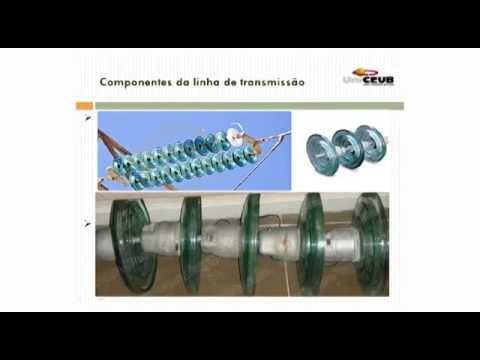The Incredible Potential of Superconductors
Summary
TLDRThe video explores the recent excitement surrounding LK 99, a potential room temperature superconductor that could revolutionize energy transmission. Superconductors allow lossless power transfer, but current technologies require extreme cooling. Despite past claims of room temperature superconductors often proving false, researchers continue to investigate their possibilities. The video explains the science of superconductivity, including Cooper pairs and the Meissner effect, while highlighting practical applications like high temperature superconducting cables in South Korea. It concludes by emphasizing the importance of ongoing research in unlocking this transformative technology for global energy solutions.
Takeaways
- 🔍 LK 99, a potential room temperature superconductor, sparked excitement but may not deliver on its claims.
- ⚡ Superconductivity enables lossless power transfer, crucial for technologies like MRI machines and maglev trains.
- 🌡️ Traditional superconductors require extreme cooling to operate, making them impractical for widespread use.
- 🌍 Room temperature superconductors could revolutionize energy distribution, allowing for a global lossless energy grid.
- 🔬 The Meissner effect demonstrates perfect diamagnetism in superconductors, allowing them to levitate above magnets.
- 🔄 While past claims of room temperature superconductors often proved false, researchers remain hopeful for breakthroughs.
- 💡 High temperature superconductors exist, enabling technologies like superconducting transmission cables for urban power needs.
- 📉 The LK 99 research faced scrutiny due to inconsistent replication results and potential errors in the original data.
- 🏗️ Superconducting cables, although costly, offer unique solutions for urban power demands without the need for additional transformers.
- 📚 Educational resources, like those from Brilliant, can help individuals learn about electricity, magnetism, and energy systems.
Q & A
What is LK-99 and why is it significant in the context of superconductivity?
-LK-99 is a material that has been claimed to exhibit room-temperature superconductivity, which is significant because it could enable lossless power transfer and lead to revolutionary applications in energy distribution.
What does superconductivity mean, and how does it differ from conventional conductivity?
-Superconductivity refers to the ability of certain materials to conduct electricity without resistance at low temperatures. Unlike conventional conductors, which lose energy due to resistance, superconductors allow electrons to flow freely without energy loss.
What are some practical applications of current superconductors?
-Current applications of superconductors include MRI machines, which use them to generate strong magnetic fields, and maglev trains, which rely on superconductivity for levitation and propulsion.
Why is achieving room-temperature superconductivity considered a 'Holy Grail' in technology?
-Room-temperature superconductivity would eliminate the need for costly cooling systems, making superconducting technologies more accessible and allowing for the development of a global energy grid that could efficiently transfer power without losses.
How does temperature affect superconductivity in materials?
-Superconducting materials exhibit zero resistance at temperatures close to absolute zero. As temperatures rise, the resistance typically increases until it reaches a critical temperature where superconductivity can no longer be maintained.
What is the Meissner effect and how does it relate to superconductors?
-The Meissner effect occurs when a superconductor expels all magnetic field lines, allowing it to levitate above a magnet. This phenomenon is a key characteristic of superconductivity and is used to demonstrate the properties of superconducting materials.
What challenges exist in verifying claims of room-temperature superconductors?
-Challenges include the potential for fraudulent data and the difficulty of replicating results. Previous claims have often been found to be exaggerated or false, leading to skepticism in the scientific community.
What role do Cooper pairs play in superconductivity?
-Cooper pairs are pairs of electrons that interact and move through a superconducting material without scattering. This pairing leads to a phenomenon where the material exhibits zero electrical resistance.
How does high-temperature superconductivity differ from traditional superconductivity?
-High-temperature superconductivity occurs in materials that can maintain superconductivity at temperatures above the boiling point of liquid nitrogen (77 Kelvin), whereas traditional superconductors require much lower temperatures, close to absolute zero.
What was the outcome of the recent claims surrounding LK-99?
-While initial reports generated excitement due to videos showing levitation and resistance measurements, further investigations revealed inconsistencies and impurities in the samples, indicating that LK-99 does not exhibit true superconductivity.
Outlines

This section is available to paid users only. Please upgrade to access this part.
Upgrade NowMindmap

This section is available to paid users only. Please upgrade to access this part.
Upgrade NowKeywords

This section is available to paid users only. Please upgrade to access this part.
Upgrade NowHighlights

This section is available to paid users only. Please upgrade to access this part.
Upgrade NowTranscripts

This section is available to paid users only. Please upgrade to access this part.
Upgrade NowBrowse More Related Video
5.0 / 5 (0 votes)





